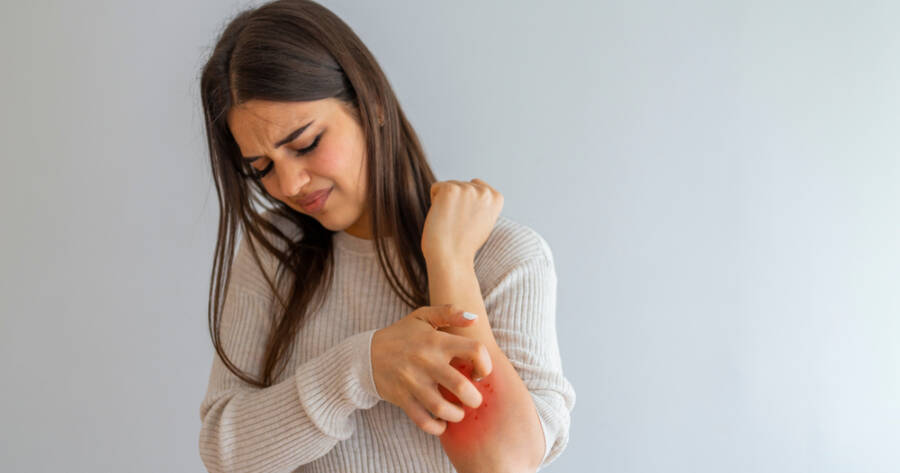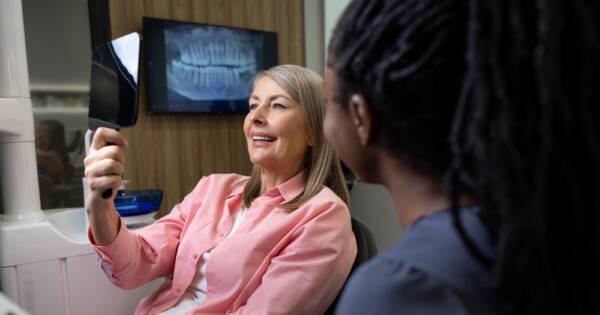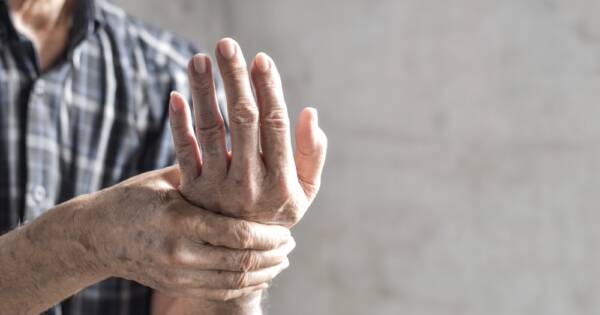Psoriasis is more than just a skin condition. It can affect confidence, comfort, and quality of life. Flare-ups may come and go, but with the right approach, symptoms can be minimized and managed effectively. Whether it’s adjusting daily habits or working closely with a healthcare provider, finding a strategy that works for your body is key. Taking control of psoriasis begins with understanding what aggravates it and finding long-term relief.
Understanding Plaque Psoriasis
Plaque psoriasis is a chronic skin condition that affects millions of people worldwide. It occurs when skin cells multiply rapidly, causing raised, red patches with a silvery scale. These patches, or plaques, can appear on various parts of the body, most commonly the elbows, knees, scalp, and lower back.
While its exact cause is unknown, it’s believed to involve an overactive immune system and genetic factors. Plaque psoriasis can flare up periodically, with symptoms ranging from mild to severe, impacting daily life and self-esteem.
10 Common Symptoms of Plaque Psoriasis
The symptoms of plaque psoriasis vary among individuals, but there are some common signs.
1. Red, inflamed patches of skin: These are the hallmark of plaque psoriasis, where affected skin becomes raised, red, and inflamed. The plaques often feel warm and tender to the touch, signaling an overactive immune response.
2. Silvery scales covering the plaques: The red patches are typically covered with a layer of silvery-white scales. These develop as dead skin cells build up rapidly, creating the characteristic flaking appearance.
3. Dry, cracked skin that may bleed: Plaque psoriasis can cause the skin to become extremely dry and prone to cracking. These cracks can sometimes bleed, leading to discomfort and an increased risk of infection.
4. Persistent itching: Itching is a common symptom that can range from mild to severe. For many, it can be one of the most bothersome aspects of psoriasis, leading to the urge to scratch the affected areas.
5. Burning sensations in the affected areas: Some individuals experience a burning or stinging sensation where the plaques form. This discomfort can intensify during flare-ups or when the skin is irritated.
6. Pain or soreness in the plaques: The plaques themselves can become sore, especially when they crack or when there’s significant pressure on the affected areas, like joints or elbows.
7. Thickened or ridged nails: Psoriasis can affect the nails, leading to thickening or the development of ridges. This change in nail texture is a common sign of the condition and can make daily tasks challenging.
8. Nail pitting: Small, shallow indentations known as nail pitting can form on the surface of the nails. This symptom often accompanies nail thickening and is a sign of ongoing skin inflammation.
9. Discolored nails: Nail color can shift to yellow or brown as psoriasis affects the nail bed. This discoloration can be a sign of worsening inflammation under the nails.
10. Swollen and stiff joints (psoriatic arthritis): In some cases, individuals with plaque psoriasis develop swollen and stiff joints, known as psoriatic arthritis. This condition can cause joint pain and reduce mobility, requiring further medical management.
How is Psoriasis Treated?
Psoriasis treatment varies depending on severity and individual needs. Mild cases are often managed with topical treatments like corticosteroids, vitamin D analogs, or moisturizers to reduce inflammation and scaling. For more severe cases, phototherapy (light therapy) can be effective in slowing skin cell growth.
Systemic treatments, including oral or injectable medications, are prescribed for those with widespread or resistant symptoms. These medications target the immune system, helping control flare-ups. Lifestyle changes such as managing stress, moisturizing regularly, and avoiding skin irritants also play a key role in reducing symptoms.
Best Home Remedies for Psoriasis
Simple home remedies can provide soothing relief and complement medical treatments for psoriasis. Moisturizing daily with thick, fragrance-free creams or ointments helps prevent dryness and flaking. Oatmeal baths are another gentle option, offering temporary itch relief while calming inflamed skin. Applying aloe vera gel may also reduce redness and promote healing thanks to its natural anti-inflammatory properties.
Dietary changes may play a role as well. Some people find that reducing sugar, alcohol, and processed foods helps decrease flare-ups. Incorporating anti-inflammatory foods like salmon, leafy greens, and berries may support overall skin health. While home remedies don’t replace prescribed treatments, they can make living with psoriasis more manageable when used consistently and safely.
Finding What Works for You
Managing psoriasis is a highly personal journey, and what works for one person may not work for another. The key is staying consistent, paying attention to triggers, and exploring a mix of treatments–from lifestyle changes and home remedies to professional care. With patience and the right support, flare-ups can become less frequent and more manageable. Taking small steps each day can lead to lasting relief and a better quality of life.




